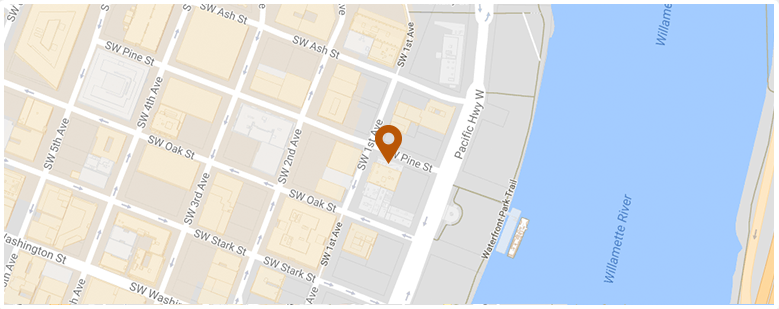Two months ago I wrote about the legal issues surrounding traveling carnivals and the fact that in many parts of the country they receive far fewer safety inspections than one might think. The death last week of a 10-year-old boy who was riding what is billed as the world’s largest waterslide, has brought these issues sharply into focus with new attention being paid to fixed-location rides in theme parks, and how they differ, in regulatory terms, from traveling carnivals. The 168-foot-tall waterslide where this month’s tragedy occurred is located at an amusement park near Kansas City, Kansas.
One might expect that large rides designed to induce an adrenaline rush through speed and danger would receive more regular and more careful attention than a traveling show: they offer even greater potential danger (because of the heights and speeds involved) yet are far easier to inspect (since they are not constantly moving from town to town). As the reporting since last week’s tragedy has shown, however, that assumption is badly misplaced.
The Kansas City Star reports that the “responsibility for inspecting Schlitterbahn water park rests primarily with its owners, not any state or federal agency.” The newspaper added that the water slide where the boy died “had not been inspected by the state since it opened two years ago, government records show.” More tellingly, the paper reports that a Kansas law governing amusement park rides requires annual inspections but allows these to be conducted by private-sector inspectors hired by the ride’s owners. The state can audit the inspection records, but is prevented by law from doing so more than twice every six months. According to the Star there have been no state inspections of the waterslide where the boy died in the two years since the ride opened.
 Oregon Injury Lawyer Blog
Oregon Injury Lawyer Blog


